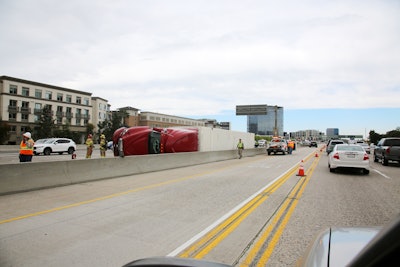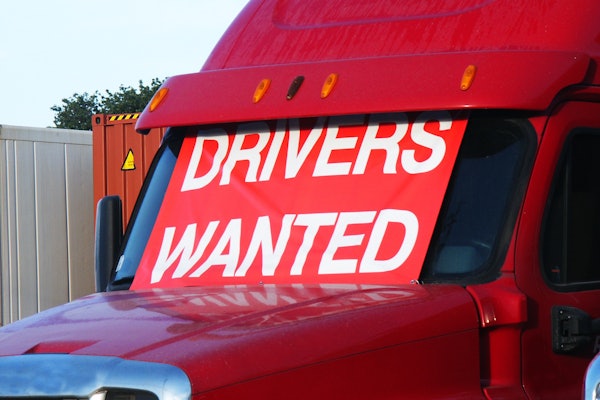
Fleet managers work hard to keep their fleets as safe as possible but despite their best efforts, which include spec’ing safety technology on their vehicles and extensive training of drivers about best practices for driving safely, accidents happen.
There are some protocols and procedures that fleets are mandated to follow following an accident.
In certain situations the Federal Motor Carrier Safety Administration (FMCSA) requires drivers to be tested for drugs and alcohol following an accident. Those situations include an accident which involved a fatality, or one in which the driver of the commercial motor vehicle was issued a citation and the collision involved bodily injury to any person who, as a result of the injury, immediately receives medical treatment away from the scene or disabling damaging to either vehicle that requires a tow away.
In addition, FMCSA requires an alcohol test be completed within eight hours of the accident and a drug test within 32 hours. In some instances this can be difficult to achieve because once law enforcement takes control of an accident scene you have to follow their protocols, which could keep drivers on the scene for an extended period of time. FMCSA has protocols that must be followed in the event these timelines cannot be met.
[Related: Confused about ‘mandatory’ hair testing regs for driver drug tests?]
As of January 2020, Medical Review Officers (MROs) and employers are required to record information about violations of FMCSA’s drug and alcohol regulations to the Department Of Transportation (DOT) Clearinghouse. If a driver tests positive for drugs or alcohol following an accident — or after any drug and alcohol test — the employers needs to direct them to undergo the return to duty process, which includes an evaluation by a DOT-certified substance abuse professional and the completion of any treatment recommended by that professional.
However, in an effort to improve their safety record, many fleets conduct their own post-accident investigation. Those investigations include gathering information like the name of the people involved in the accident; the circumstances of the accident (what happened during the accident); the site of the accident; weather conditions at the time of the accident; road conditions at the time of the accident; a description of the incident including whether there were any injuries/ hospitalizations; and whether the incident could have been prevented.
If the collision was serious, a manager or supervisor will go to the site to take photos, get witness information and speak to law enforcement officers.
The data is then reviewed to see what – if any – lessons can be learned about how to prevent similar accidents in the future. This should be the main goal of all accident investigations.
Of course, you want to be able to exonerate your driver if the accident was caused by another vehicle, but ultimately, even if the accident was caused by another driver, there still may be steps you can take to alert drivers about proactive measures they can take when they notice certain driving behavior on the part of another driver on the road.
Accidents happen, but reviewing data from an accident can help you give your drivers more ways to be safe on the road.
Terry Lutz is the Vice President of Risk Management for Transervice Logistics. Jim Ward is the Director of Safety and Compliance for Transervice Logistics.








